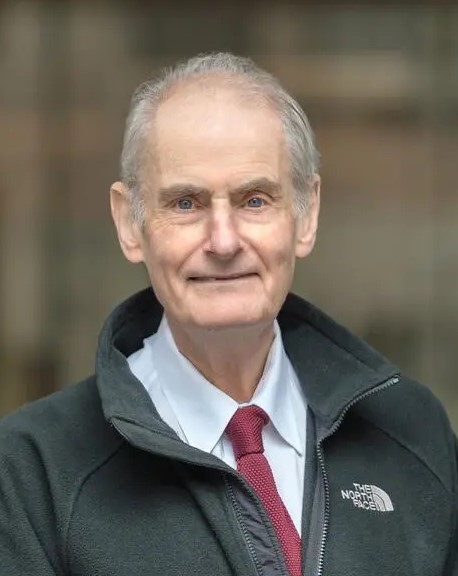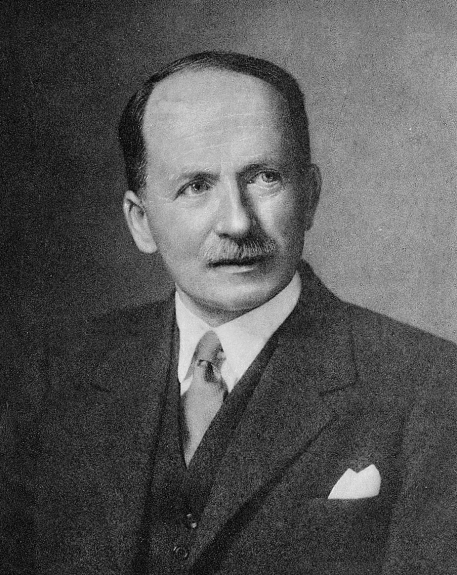1994 INDUCTEE Sir Frederick Banting, MD Diabetes, Evidence-based Medicine & Clinical Trials, Hormones
November 14, 1891
(Alliston, Ontario)
February 21, 1941
MD, University of Toronto (1916)
1934: Knight Commander of the Order of the British Empire
1934: Fellow of the Royal Society of London
See All AwardsAwards & Honours:
1934: Knight Commander of the Order of the British Empire
1934: Fellow of the Royal Society of London
1931: Flavelle Medal, Royal Society of Canada
1927: Cameron Prize for Therapeutics, University of Edinburgh
1923: John Scott Medal of the Franklin Institute
1923: Nobel Prize in Medicine
1919: Military Cross
Fellow of the Royal Society of Canada
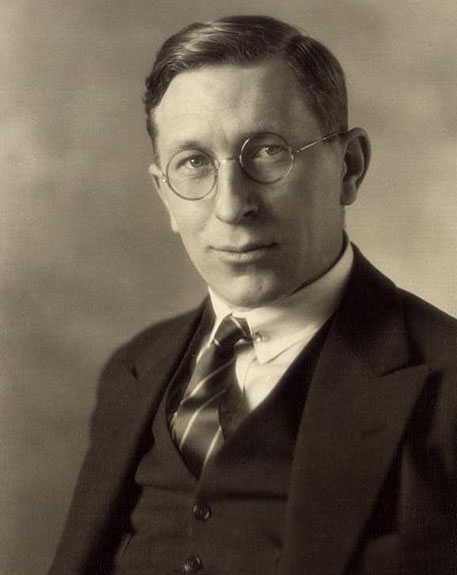
Discovered Insulin
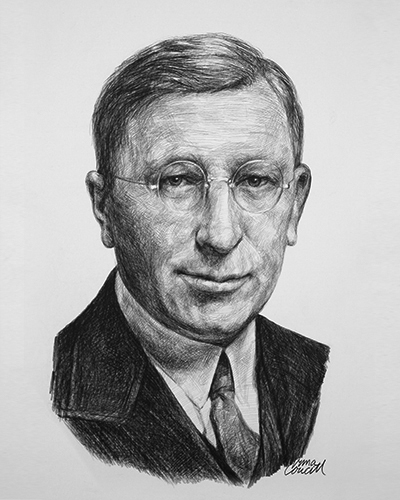
A soft-spoken and modest physician who saved millions of lives
On October 31, 1920, after preparing for a lecture on the pancreas, Sir Frederick Grant Banting arose from a restless sleep and wrote down words that would forever change his life and the lives of millions suffering from Diabetes: "Diabetus [sic]. Ligate pancreatic ducts of dog. Keep dogs alive till acini degenerate leaving islets. Try to isolate the internal secretion of these and relieve glycosurea [sic]." This 25-word hypothesis would eventually lead to one of the most important medical discoveries of the 20th century and would gain Banting international fame and admiration.
Key Facts
Sold the patent rights for insulin to the University of Toronto for $1
Became the youngest recipient of a Nobel Prize in Medicine
Awarded seven honorary degrees
Regarded as one of Canada’s most important amateur artists
Professional timeline
Impact on lives today
Banting’s legacy lives on in the numerous researchers who followed in his footsteps and who made medical breakthroughs at the research institutions bearing his name. His childhood farm in Alliston, now called The Banting Homestead Heritage Park, attracts school and community groups annually. The house in London, Ontario, where he originally conceived the idea that led to the discovery of insulin, is now Banting House National Historic Site of Canada, a museum dedicated to preserving Banting’s important legacy. Later coined the "Birthplace of Insulin," the museum has become an unofficial pilgrimage site and attracts visitors from around the world each year who wish to pay tribute to the famous co-discoverer of insulin.
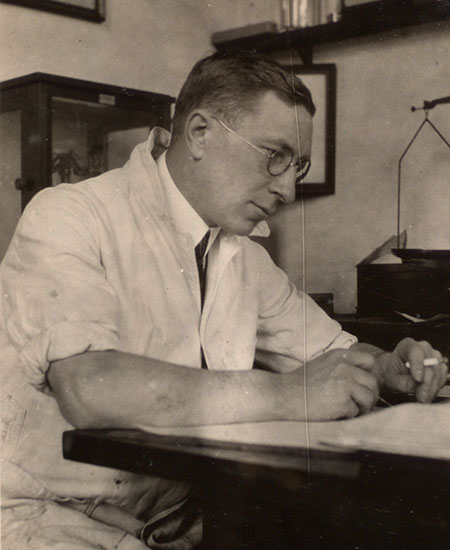
1994
-
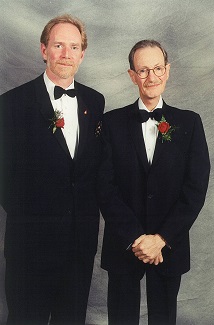
Sir Frederick Banting posthumously inducted into the Canadian Medical Hall of Fame
London, Ontario
-
Dr. Banting served as a liaison officer between British and North American medical services
In this capacity, he was travelling to England in February, when his plane crashed in Newfoundland and his life was tragically cut short.
-
At the outbreak of the Second World War, Dr. Banting again volunteered to serve Canada
He coordinated the National Wartime Medical Research effort with the National Research Council of Canada where he researched treatments for mustard gas, anti-gravity suits and oxygen masks.
-
Dr. Banting remained committed to medical research and scientific discovery
CancerHe participated in research relating to silicosis, cancer and aviation medicine, among many other projects.
-
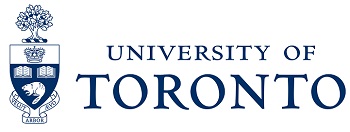
In response to Banting’s popularity and successful research, the Ontario Legislature awarded The University of Toronto an annual grant to establish the "Banting and Best Research Fund"
Diabetes, Health and Medical Education & TrainingWith this financial support, the university hired Banting as Canada's first Research Professor and established the Banting and Best Department of Medical Research in 1930.
-
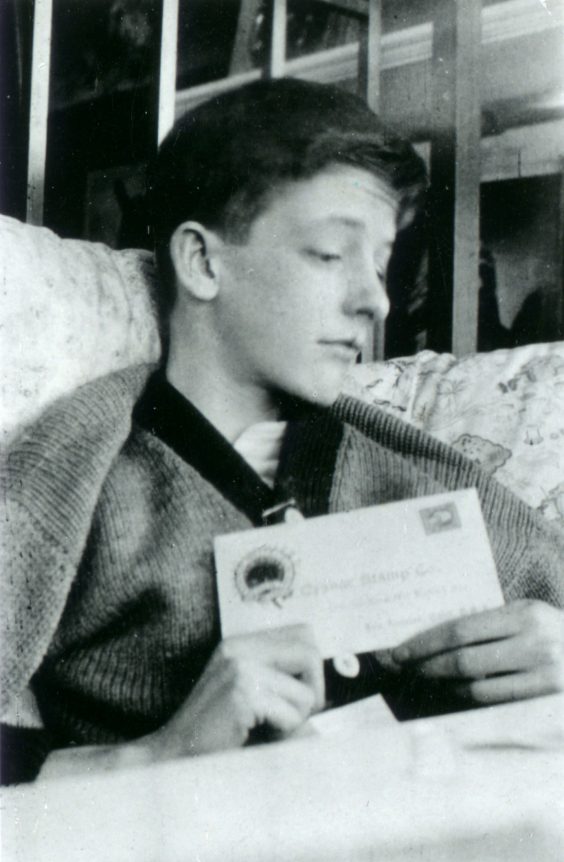
The first human test of insulin was conducted on a 14-year old boy named Leonard Thompson at Toronto General Hospital
Diabetes, Evidence-based Medicine & Clinical TrialsWhile the first test failed, the Toronto team soon met success.
-

Drs. Banting, Best, Macleod and Collip announced the discovery of insulin to the world
DiabetesFrederick Banting and JRR Macleod became the first Canadians to win the Nobel Prize for Physiology or Medicine. Banting chose to share his prize with his partner, Dr. Best, and Macleod chose to share his prize with Dr. Collip.
-
Under the supervision of JRR MacLeod, Drs. Banting and Best began research
Diabetes, Hormones, Evidence-based Medicine & Clinical TrialsWithin a few months, Drs. Banting and Best had successfully isolated a protein hormone secreted by the pancreas, which was named insulin. With assistance from Dr. James Collip, insulin was successfully refined and produced for clinical trials.
-
After reading Dr. Moses Barron’s article on the pancreas, Dr. Banting was inspired to pursue research on the pancreas of dogs
Within a week, he approached noted endocrinologist JRR Macleod at the University of Toronto who offered him research space, supplies, and a research assistant, Charles Best.
-
Shortly after the war, Dr. Banting returned to Toronto to complete his surgical internship
A month later, he established a medical and surgical practice in London, Ontario.
-

Frederick Banting graduated from medical school at the University of Toronto
Eager to serve Canada during the First World War, he enlisted with the Canadian Army Medical Corps. During his service, he was awarded the Military Cross for courage.
1916
Insulin does not belong to me, it belongs to the world.
Additional Resources:
- Defining Moments Canada | Banting Story Map
- Banting House | Dear Dr. Banting
- Historica Canada | The Discovery of Insulin
- Historica Canada Heritage Minute | The Discovery of Insulin
- Podcast | Life and Times of Sir Frederick Banting
- CMHF Laureate biography - Sir Frederick Banting
- Watch: Glory enough for all

